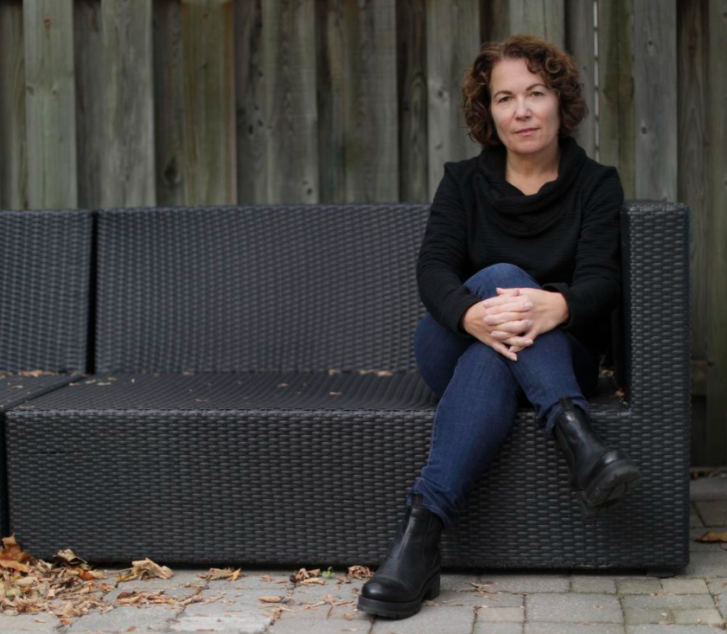Students at Western and Queen’s universities have been attending most of their classes in person this fall. But at McMaster and Wilfrid Laurier universities, learning is mainly online.
Depending on which Ontario post-secondary institution students attend, they may find themselves on campus a lot or just a little — and the difference is causing confusion and frustration.
“It’s quite ridiculous — I can go to a bar on a Friday or Saturday night with 300 kids, but on Monday I can’t go to a lecture with 50 people,” said Matthew Doane, a third-year Laurier arts student who opted out of classes this semester when he learned they would all be online, instead choosing to work at a restaurant in the Waterloo area.
“There is no rhyme or reason to what Laurier is doing.”
Laurier says its decision to keep many classes online this fall was “driven by the university’s commitment to provide a safe environment for everyone on our campuses, in alignment with public health guidelines,” and that its mix of in-person, remote and online courses “is meant to help pave the way for a full return to campus in winter 2022.”

Likewise, McMaster says “almost all classes will be held in person” in the winter term, but says it has stuck with a decision to make many courses online-only in the fall term due to “the need for students to plan appropriately.”
That stands in stark contrast to Western, which returned to full in-person learning in September after the Ontario government gave the go-ahead for a near-normal return, and Queen’s, which says it worked with its local public health unit and is offering more than 90 per cent of fall-term classes in person, boosting that to 97 per cent in the winter.
So how did Ontario’s universities end up with such wildly divergent policies?
Some critics blame the provincial government for waiting until mid-July to decide that in-person classes could resume safely, leaving university administrations with little time to pivot from the online-learning model of the previous school year.
Others, including parents and a senior university administrator who spoke to the Star on condition on anonymity, blame continued online learning on weak leadership, reluctant faculty or an inability — or unwillingness — of schools to change plans that they set last spring.
Meanwhile, the complaints keep piling up.
“University is four years, and three have been affected,” said Tammy Doane, who says she wrote several letters to Laurier about her son’s situation, but never received a response.
“I don’t understand why these kids are still being held back, when everything else is open.”
With high vaccination rates on campus — close to 100 per cent among staff and students at some schools — “we don’t know why they weren’t being leaders in helping these kids when other schools were,” Doane added.
“It has changed the path of many kids’ lives.”
Steve Orsini, president of the Council of Ontario Universities, said schools welcomed students back to campus “in ways which corresponded to their institution’s unique situation,” and are working with local public health units “to ensure the health and safety of our campus communities, allowing for more in-person learning and on-campus activity.”
But students and parents aren’t convinced that will happen.
Laura Fitzsimmons says she reached out to Wilfrid Laurier numerous times last spring to ask why the school was making decisions so early, before vaccination rates were known and as the number of new COVID-19 cases declined over the summer.
Her son, who is in the third year of a business co-op program, said neither he nor his housemates have any in-person classes this term, at a time when broader society is opening up and vaccination levels are high.
Fitzsimmons blames faculty, who she said need to realize “this is about the students and their learning, their health and well-being and the money that we pay for them to go to university. That really bothers me.”
Online learning continues to be unpopular among students, and the Ontario Undergraduate Student Alliance said students at schools like Western are enjoying their return to near-normal.
Sue Wurtele, president of the Ontario Confederation of University Faculty Associations, said the vast majority of professors she has spoken to “want to get back in person, but they want to make sure it is safe to do that before they take that step.”
Asked about pushback from faculty, she said the concern she’s heard most is a lack of consultation with joint health and safety committees on return plans, not that professors don’t want to return.
Bethany Osborne, spokesperson for Colleges and Universities Minister Jill Dunlop, said “post-secondary institutions are autonomous entities and continue to have flexibility to offer both in-person and virtual options for teaching and learning to best suit the needs of students and institutions.”
The University of Guelph plans for most classes to be in person in January, with 60 per cent now having a “face-to-face component.”
The University of Toronto reports 55 per cent of its classes are in-person this fall, with that number expected to rise to 84 per cent in the winter term
Ryerson is currently offering about 20 per cent of classes in-person, but intends to boost that to a majority of classes for second term.
At York University, one-third of current classes are in person, rising to 85 per cent in January.
Article From: The Star
Author: Kristin Rushowy

